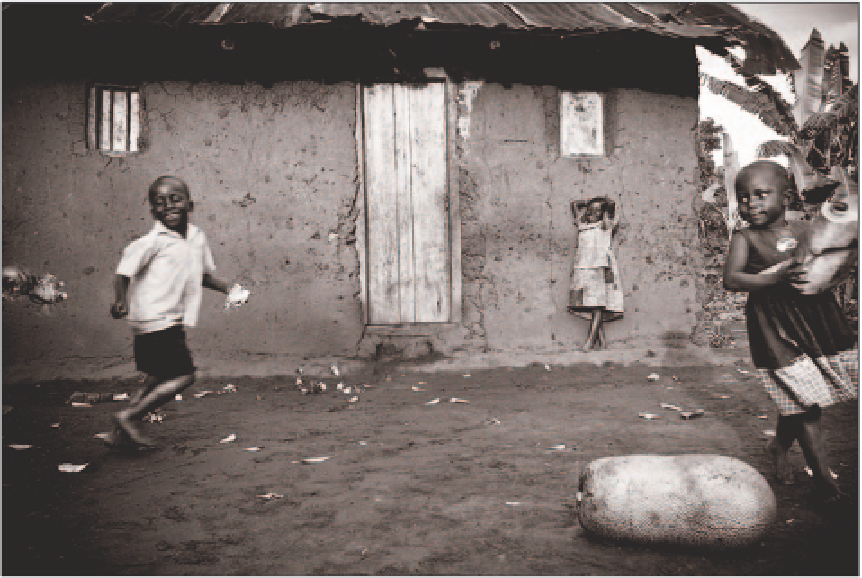Graphics Programs Reference
In-Depth Information
non-guru supposed to evaluate which guru's method to adopt? And further,
why can't there be one best conversion method everyone can agree upon?
The answer to both questions is complicated. Although having just one
“best conversion” method would greatly simplify the learning process, all
images are not created alike, and, therefore, all conversion methods cannot
apply unilaterally with the same impact. The reality is that most conversion
methods can ef ectively render reasonably pleasing results; the dif erence
to the user in choosing the “best” conversion method depends on a number
of factors including image content, exposure, contrast, tonality, luminance
as well as time to invest in the conversion process, workl ow and one's level
of familiarity with the tools and software. If one needed to make quick
conversions for an editor or newspaper for example, the “best” method may
be the quickest and simplest one. If one had more time and the intention of
creating a i ne art portfolio print, the choice may be a more complex method.
Just as each type of black and white i lm carried unique and distinguishing
aesthetics, any number of variable factors can af ect why one might choose
any particular conversion method. Your own “best” conversion will be best for
your own unique set of reasons.
An analogy for those who have spent time in the traditional wet
darkroom might be that every black and white negative could not be printed
using the exact same exposure time, lens aperture, grade paper and/or
contrast i lter and produce the optimal result each and every time. Each
“Advanced number 11” technique


Search WWH ::

Custom Search